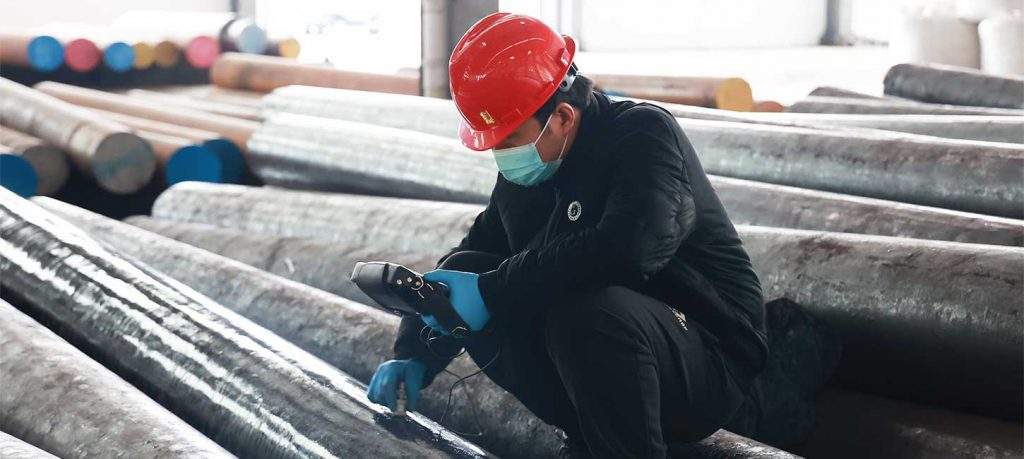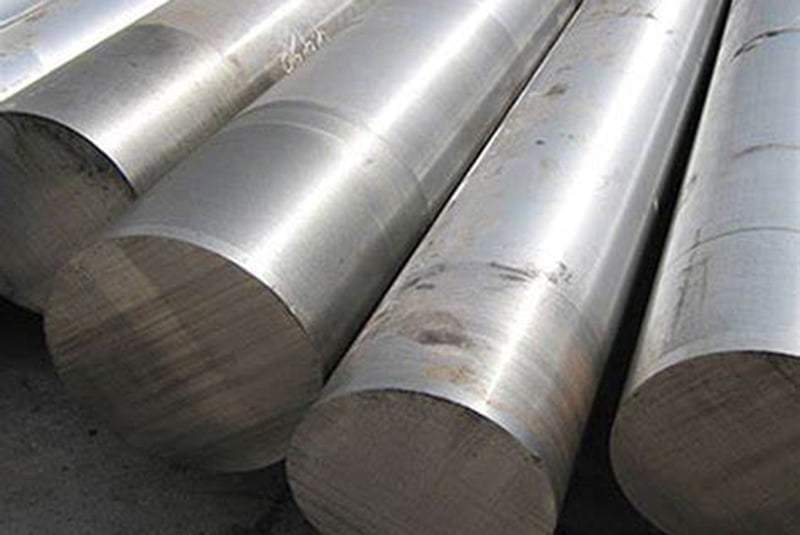Welcome to My Blog!
Before we dive into the content, I’d love for you to join me on my social media platforms where I share more insights, engage with the community, and post updates. Here’s how you can connect with me:
Facebook:https://www.facebook.com/profile.php?id=100085401406977
LinkedIn:https://www.linkedin.com/showcase/102680001/admin/dashboard/
Now, let’s get started on our journey together. I hope you find the content here insightful, engaging, and valuable.
Introduction

In the world of metallurgy and materials science, tensile strength is a critical property that determines how a material will react under tension. 1018 steel, a low-carbon steel, is widely used across various industries due to its excellent balance of ductility, strength, and machinability. Understanding the factors influencing the tensile strength of 1018 steel is crucial for selecting the right material for specific applications. This comprehensive guide delves into the various elements that affect the 1018 tensile strength, from its chemical composition to the impact of different heat treatment processes.
Understanding 1018 Steel: Composition and Characteristics
1018 steel is a popular grade of low-carbon steel, known for its versatility and balance of properties. Its composition primarily includes carbon, manganese, and iron, with carbon content ranging between 0.14% to 0.20%. This low carbon content gives 1018 steel its good ductility and weldability. Additionally, the presence of manganese, typically around 0.60% to 0.90%, contributes to the steel’s toughness and hardness.
The combination of these elements results in a material that is easy to machine and form, making it a preferred choice for a wide range of applications, including automotive parts, machinery components, and construction materials. However, the tensile strength of 1018 steel can vary significantly depending on various factors, which will be discussed in the subsequent sections.
Chemical Composition and Its Impact on 1018 Tensile Strength
The chemical composition of 1018 steel is one of the primary factors influencing its tensile strength. The low carbon content, while contributing to the steel’s ductility, also limits its tensile strength. Typically, 1018 steel has a tensile strength of about 440 MPa (64,000 psi). However, variations in the composition, such as the addition of alloying elements, can modify this property.
- Carbon Content: The carbon content in 1018 steel is relatively low, which limits the potential for high tensile strength. However, this low carbon content also means that 1018 steel is more ductile and easier to weld.
- Manganese Content: Manganese enhances the hardness and tensile strength of steel. In 1018 steel, the manganese content helps increase the material’s toughness and contributes to its overall strength.
- Impurities: The presence of impurities such as sulfur and phosphorus can negatively impact the tensile strength. While 1018 steel typically has low levels of these impurities, variations in quality during manufacturing can influence the final properties of the material.
Heat Treatment Processes and Their Effect on 1018 Tensile Strength
Heat treatment is a crucial process in modifying the mechanical properties of 1018 steel, including its tensile strength. Different heat treatment processes, such as annealing, quenching, and tempering, can significantly alter the material’s characteristics.
- Annealing: Annealing involves heating the steel to a specific temperature and then slowly cooling it. This process softens the steel, improves ductility, and reduces internal stresses, but it may slightly decrease tensile strength.
- Quenching: Quenching involves heating the steel to a high temperature and then rapidly cooling it, usually in water or oil. This process increases the tensile strength and hardness of the steel by creating a martensitic structure.
- Tempering: After quenching, steel is often tempered to reduce brittleness while retaining the improved tensile strength. Tempering involves reheating the steel to a lower temperature and then cooling it again. This process helps achieve a balance between tensile strength and toughness.
Below is a table summarizing the effects of different heat treatment processes on the tensile strength of 1018 steel:
| Heat Treatment Process | Temperature Range (°C) | Cooling Method | Effect on Tensile Strength |
|---|---|---|---|
| Annealing | 790-870 | Slow cooling | Decreases tensile strength, increases ductility |
| Quenching | 815-870 | Water/Oil | Increases tensile strength, increases hardness |
| Tempering | 150-650 | Air cooling | Balances tensile strength and toughness |
Mechanical Properties Influencing 1018 Tensile Strength

The mechanical properties of 1018 steel, such as its grain structure, hardness, and ductility, are all interrelated and play a role in determining the tensile strength.
- Grain Structure: The grain size of steel can influence its tensile strength. Finer grains typically lead to higher tensile strength due to the greater number of grain boundaries, which act as barriers to dislocation movement.
- Hardness: There is often a correlation between hardness and tensile strength. As the hardness of 1018 steel increases, typically through heat treatment processes, its tensile strength also increases.
- Ductility: While high ductility is often associated with lower tensile strength, it also allows the material to deform plastically without fracturing. The ductility of 1018 steel is one of its key advantages, making it suitable for forming and machining operations.
Environmental Factors Affecting 1018 Tensile Strength
Environmental conditions, such as temperature and exposure to corrosive elements, can also impact the tensile strength of 1018 steel.
- Temperature: High temperatures can cause a reduction in tensile strength due to the softening of the steel. Conversely, low temperatures can increase brittleness, which may also affect the tensile strength.
- Corrosion: Exposure to corrosive environments can lead to the degradation of 1018 steel, reducing its tensile strength over time. Protective coatings and treatments can help mitigate these effects.
Practical Applications and Considerations for 1018 Tensile Strength
The choice of 1018 steel in various applications depends heavily on its tensile strength and other mechanical properties. For instance, in automotive applications, the tensile strength must be high enough to withstand the stresses encountered during operation. In construction, the material’s ability to bear loads without deforming is critical.
- Automotive Industry: 1018 steel is used for parts like axles, shafts, and gears, where a balance of tensile strength and machinability is required.
- Construction: In construction, 1018 steel is often used in structural components that require both strength and ductility, such as beams and braces.
- Machinery: The machinability of 1018 steel, combined with its adequate tensile strength, makes it ideal for use in machinery parts like bushings and pins.
Conclusion
Understanding the factors that influence the tensile strength of 1018 steel is essential for selecting the right material for specific applications. From its chemical composition to the effects of heat treatment and environmental conditions, numerous elements contribute to the final tensile strength of this versatile material. By carefully considering these factors, engineers and designers can ensure that 1018 steel meets the demands of their projects while maintaining the necessary balance of strength, ductility, and machinability.
FAQ
1. What is the typical tensile strength of 1018 steel?
The typical tensile strength of 1018 steel is around 440 MPa (64,000 psi).
2. How does heat treatment affect the tensile strength of 1018 steel?
Heat treatment processes like quenching can increase the tensile strength of 1018 steel, while annealing typically decreases it.
3. Can the tensile strength of 1018 steel be improved?
Yes, the tensile strength can be improved through heat treatment processes such as quenching and tempering.
4. What are the main applications of 1018 steel?
1018 steel is commonly used in automotive parts, construction materials, and machinery components due to its balance of tensile strength, ductility, and machinability.
5. How does the grain structure affect the tensile strength of 1018 steel?
Finer grain structures generally lead to higher tensile strength, as they create more barriers to dislocation movement within the steel.
